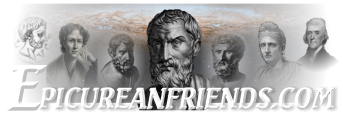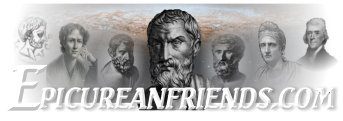https://translate.google.com/translate?hl=a…3Frefresh_ce%3D
Also see this link: https://greekschools.eu/press/newspapers/ which as I write this looks like this:
Plus: https://cordis.europa.eu/project/id/885222
Objective
Our knowledge about Greek philosophical schools is mostly second-hand and based on Diogenes Laërtius’ 'Lives of Eminent Philosophers' (3rd century AD) and Philodemus of Gadara’s 'Arrangement of the Philosophers' (75-50 BC) – hereinafter 'Syntaxis' –, an extensive treatise in several books which represents the earliest ‘history of philosophy’ to have reached us directly from antiquity. From this work exclusively preserved by the Herculaneum papyri we may derive a virtually systematic account of the history of Greek philosophical schools, which is in many respects unique and much closer to the facts than Diogenes’ is. Unfortunately, the original manuscripts which transmit it are in a poor state and the currently available editions of them have largely been made obsolete by the latest technological progress. By relying on the most advanced technologies available today, the project aims to provide a new innovative critical edition of the whole treatise and its different sections, with extensive introductions and commentaries. In particular, we shall apply Shortwave-Infrared Hyperspectral Imaging, TeraHertz Imaging, Optical Coherence Tomography, X-Ray Fluorescence Mapping, 3D Microscopy and Nuclear Magnetic Resonance Relaxometry to both opisthograph and multi-layered papyri belonging to Philodemus’ 'Syntaxis', as well as to other papyri, in order to (a) read the text hidden on the verso, (b) detect, classify and replace overlapping layers, and (c) read the text concealed inside the latter. We shall combine these state-of-the-art methods with new, sounder philological approaches in order to produce a more reliable and substantially improved critical text of Philodemus’ treatise and its various sections through an innovative editorial system. Finally, we shall produce an open-access electronic edition of it through a pioneering open-source scholarly Web platform, engaging the scientific community in an on-going and on-line collaborative review of our critical edition.

